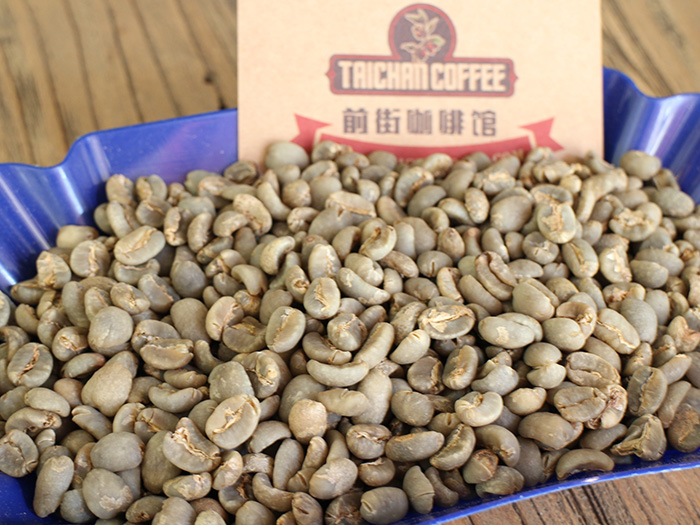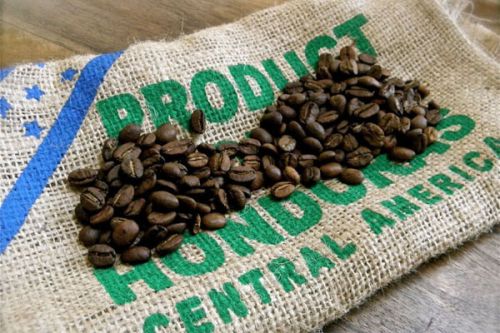Arabica Coffee Bean Price Single Bean Grinder Single Bean Grinder is mainly used for grinding single coffee beans
How to grind Arabica coffee beans
How do you grind Arabica coffee beans? It can be carried out mainly by two methods, one is the traditional manual grinding, the other is that it can be ground by bean grinding machine, each of which has its own advantages.
Manually grind Arabica coffee beans:
Manual grinding of Arabica coffee beans, uniform powder particles, can better maintain the original flavor. But the grinding speed is too slow, so now coffee shops are usually used as a backup in the event of a power outage. This is a more traditional method of grinding coffee beans, with the development of economy, people's pace is more and more compact, hand-grinding coffee is too time-consuming for people to wait, so machine grinding coffee beans arises at the historic moment.
Machine grinding Arabica coffee beans:
This kind of grinding speed is fast, but also can adjust the thickness of the grinding powder, because the grinding speed is fast, so it reduces the volatilization of coffee bean aroma, the grinding powder is also very uniform, and the production capacity is large, so it is widely used. You can choose from two kinds of machine grinding coffee beans, as follows:
Single product grinder: single product grinder is mainly used for grinding single product coffee beans.
Italian professional bean grinder: special coffee beans mainly used in Italian coffee machine. The main difference is that the latter has a finer grinding degree than the former, so as to meet the needs of different coffee production.
Although machine grinding coffee has become the mainstream, its speed is also fast, which can greatly meet the needs of people now. But the fun of grinding coffee beans by hand is irreplaceable, and the fun of grinding coffee beans by hand is irreplaceable. If you have spare time, you might as well experience it with your lover.
Country: Indonesia
Grade: G1BI 19 items +
Producing area: Gayo Mountain area of Aceh Province
Altitude: 1100-1300 m
Treatment method: traditional wet planing method
Variety: Katimo, Kaddura, Tibika, Sidikalong
Producer: local small farmers in the Gayo Mountains
Flavor: round and pure taste, mellow thickness, spices, herbs
Indonesian coffee is very diverse in quality, most of which are based on the island origin as its market name: such as Sumatra, Sulawesi, Jawa or Timur. The advantage of Indonesian coffee is that most coffee is characterized by strong, introverted flavor and lively moderate acidity. Chinese people think highly of Indonesian Mandheling coffee, and it is one of the coffee products with the highest acceptance of single coffee.
Indonesia Mandheling was once praised as the best unique wet peeling coffee bean in the world. Mantenin is a trademark merchandise. Nowadays, as long as the red cherry fruit of coffee harvested in Indonesia is processed by this unique wet peeling method, it will be sold as Mantenin coffee beans. Mandailing grew coffee from the Tapanuli region of northwestern Sumatra, because at the end of World War II, a Japanese soldier introduced the Japanese market and changed the wrong Mandailing into Mandheling coffee because of mispronunciation.
Sumatra (Sumatra):
Coffee in Sumatra is very complex and elusive. Although Sumatra is large, coffee is not grown all over the island. Coffee trees are grown in only the two northernmost provinces of the island's eight provinces, Aceh and Jiangsu: Aceh coffee is mainly produced in the GayoMountain mountains around Lake LakeTawar, and most of the farmers in this area are local GayoPeople aborigines. On the other hand, coffee in Jiangsu Province is mainly produced in the world's largest super crater lake-LakeToba Lake (Tuba Lake) and south Lindong (Lintong) producing area, and the local farmers are mostly composed of BatakPeople aborigines. Due to many sharecropper producers and the use of their unique semi-washing treatment and lack of iron in the soil, coffee beans in this area have a special blue color at the stage of fresh beans.
The Gayo region is located in Aceh and Gayo, north of Sumatra. Coffee is grown on the slopes around the town of Takegon and Lake Tawar. The average planting height in the production area is between 1110 and 1300 meters. Coffee is planted by shade farmers under shade trees, showing a peculiar flavor, low depth and lively and full-bodied flavor. Aceh, the northernmost corner of Sumatra, is a fascinating and complex place. Aceh is not an area visited by ordinary people because of its long-term political instability. Gayo people are hardworking and have a firm personality, and nearly 20% of coffee processors are women. Under this semi-wet and semi-dry peeling and wet washing method, the coffee farm machine removes the peel and pulp of the red cherry fruit. There is still a lot of mucus on the coffee beans, and then stored in a fermentation tank for about a day (24 hours). The attached mucus is easily washed away with water. Then when the sun-drying reaches about 30% to 35% water content, the coffee bean shell is removed and it can be sold on the market. When the shell of the coffee bean is removed in this semi-wet and semi-dry state, the bean itself reveals a unique dark blue, which reduces the acidity and increases the alcohol thickness (body) of the coffee, making this unique Indonesian coffee.

Important Notice :
前街咖啡 FrontStreet Coffee has moved to new addredd:
FrontStreet Coffee Address: 315,Donghua East Road,GuangZhou
Tel:020 38364473
- Prev

How about eating expired Arabica coffee beans? moldy Arabica coffee beans Sumatra Indonesia
Is it good to eat expired Arabica coffee beans? It's hard to say. It depends on the situation. 1. Moldy Arabica coffee beans it doesn't matter if you eat moldy Arabica coffee beans. You just have to stay in the hospital for ten or eight days. 2. the shell of Arabica coffee beans is white if the shell is white.
- Next

Italian professional bean grinder single bean grinder Arabica coffee beans how to grind? Sumatra, Indonesia
How to grind Arabica coffee beans? It can be carried out mainly by two methods, one is the traditional manual grinding, the other is that it can be ground by bean grinding machine, each of which has its own advantages. Manual grinding of Arabica coffee beans: manually ground Arabica coffee beans, uniform powder particles, can better maintain the original flavor. But the grinding speed is too fast.
Related
- Detailed explanation of Jadeite planting Land in Panamanian Jadeite Manor introduction to the grading system of Jadeite competitive bidding, Red bid, Green bid and Rose Summer
- Story of Coffee planting in Brenka region of Costa Rica Stonehenge Manor anaerobic heavy honey treatment of flavor mouth
- What's on the barrel of Blue Mountain Coffee beans?
- Can American coffee also pull flowers? How to use hot American style to pull out a good-looking pattern?
- Can you make a cold extract with coffee beans? What is the right proportion for cold-extracted coffee formula?
- Indonesian PWN Gold Mandrine Coffee Origin Features Flavor How to Chong? Mandolin coffee is American.
- A brief introduction to the flavor characteristics of Brazilian yellow bourbon coffee beans
- What is the effect of different water quality on the flavor of cold-extracted coffee? What kind of water is best for brewing coffee?
- Why do you think of Rose Summer whenever you mention Panamanian coffee?
- Introduction to the characteristics of authentic blue mountain coffee bean producing areas? What is the CIB Coffee Authority in Jamaica?

